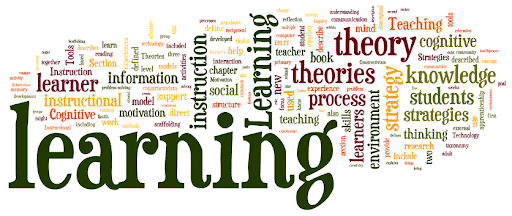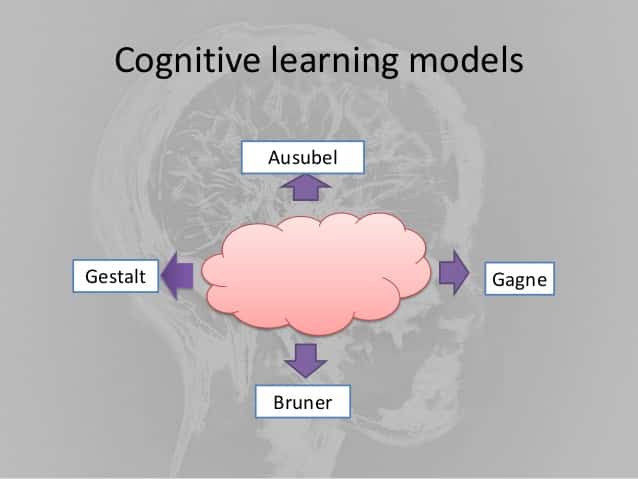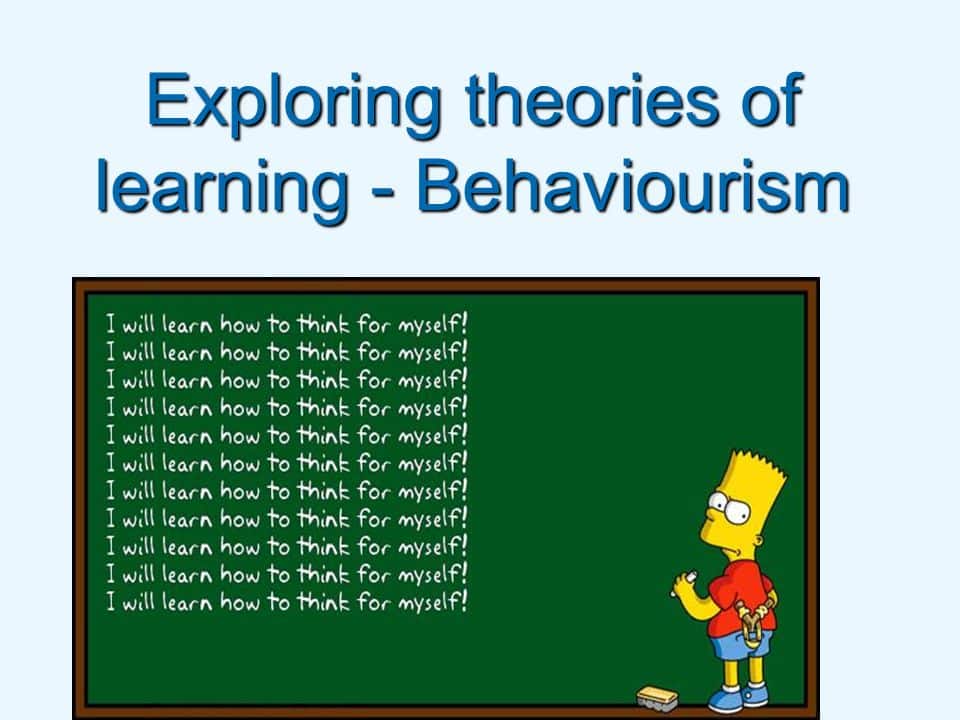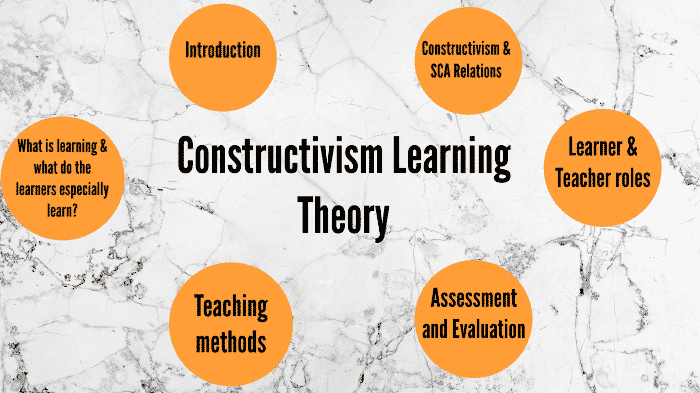
Education is an inseparable part of human life. There are learning theories that try to explain the procedure by which a person receives new information. There are three types of learning theories these are; cognitive behavioral and constructivism theories. In this paper these theories are discussed independently however in practice the teacher should integrate them for optimum student learning. In addition, editing services are an indispensable assistant in student learning.
Cognitive theory
Cognitive learning theory explains learning as a thought based process (Greenwald, 1968). The cognitive theory explains that humans make choices based on logic. The decisions that humans take are the ones that make most sense to them. The cognitive theory looks at how humans attempt to understand things around them. Poor cognitive skills make learning difficult. The cognitive theory assumes that the brain functions like a computer. In this respect there are two key fundamental aspects that underlie the cognitive behavioral theory.

This theory assumes that previous knowledge plays a fundamental role in the learning process. Secondly, the cognitive theory views the brain as an active processing unit. This theory further holds that one can learn from observation, imitation and even instruction. For example the social cognitive theory assets that human are build their behavior by looking at what the society considers as correct and desirable (Greenwald, 1968). This can be imitated from advertisements and role models. Cognitive learning is the acquisition of knowledge through the mental process. Cognitive learning process is basically through watching, reading, touching and experiencing (Greenwald, 1968). The information learnt is then remembered and applied in similar situations.
Behavioral learning theory
This theory asserts that knowledge is gained through change in observable behavior (Davidson, 2006). Teachers enhance the learning process by creating a positive learning environment. The teacher in particular has to treat the students with dignity and respect. Areas that seem difficult for students to learn should be enhanced through supportive and non-discouraging techniques. Behavior can be divided into voluntary and non voluntary behavior (Davidson, 2006). The discussion here is examines voluntary behavior. Behavioral learning asserts that behavior precedes consequences. The consequences of behavior in turn influence subsequent behavior. The teacher should therefore reinforce good behavior and punish undesirable behavior.
 The teacher can strengthen the behavior by removing some of the negative aspects in order to achieve more positive results. Reinforce can either be pleasant or pleasant. On the other hand the teacher can congratulate or reward the learner.
The teacher can strengthen the behavior by removing some of the negative aspects in order to achieve more positive results. Reinforce can either be pleasant or pleasant. On the other hand the teacher can congratulate or reward the learner.
This may involve giving the child something to decrease behavior or removing something to help decrease the child behavior.
Constructivism learning theory
Constructivism is a learning process whereby the learner is able to develop concepts which may have originated from past knowledge or experience. Constructivism argues that new knowledge is created when people socialize and exchange information. Constructivism is very important because it is an active learning process which can be equated to discovery learning (Hein, 1991). The teacher here acts as a facilitator whose main agenda is to encourage students to develop themselves.
 Constructivism plays an important role in self directed leaning because it aids in transformation, experimental and reflective learning. Constructivism unlike other theories recognizes the importance of the brain in discerning meanings from new material as well as development of new knowledge that did not exist before (Hein, 1991). Social constructivism explains that meanings can be developed from social encounters (Bandura, 1989).The teacher must also recognize that the students are not able to learn at the same pace. Therefore the style of teaching for the course should accommodate all possible learning however the teacher chooses one style for each lesson. These teaching styles include; direct instruction, inquiry and collaborative learning. To maximize the child’s learning experience the teacher should employ these styles throughout the course.
Constructivism plays an important role in self directed leaning because it aids in transformation, experimental and reflective learning. Constructivism unlike other theories recognizes the importance of the brain in discerning meanings from new material as well as development of new knowledge that did not exist before (Hein, 1991). Social constructivism explains that meanings can be developed from social encounters (Bandura, 1989).The teacher must also recognize that the students are not able to learn at the same pace. Therefore the style of teaching for the course should accommodate all possible learning however the teacher chooses one style for each lesson. These teaching styles include; direct instruction, inquiry and collaborative learning. To maximize the child’s learning experience the teacher should employ these styles throughout the course.
Constructivists learning theory allows the teacher to accord the student autonomy and encourages the use of personal initiatives. The teacher should also try to use raw data which will enable the students become more creative and innovative (Hein, 1991). The teacher should also use cognitive terminologies when giving students assignments the students responses should be considered when developing strategies and content to be used in class. It is also important for the teacher to enquire about the student past knowledge about issues to be taught (Hein, 1991). The teacher should also encourage student-teacher and student communication. This can be enhanced by asking students open ended questions. It is also important that the teacher waits long enough after asking questions so that the students are able to synthesize the information before they respond to questions.
The teacher’s knowledge on the different learning theories will enable him/ her understand the best principles to apply in particular learning scenario to make sure that the learner achieves the maximum benefits. Integration of different learning theories in the teaching methodology will also ensure that the students learning process is holistic. These theories have empirical support since their adoption often yields positive results.

